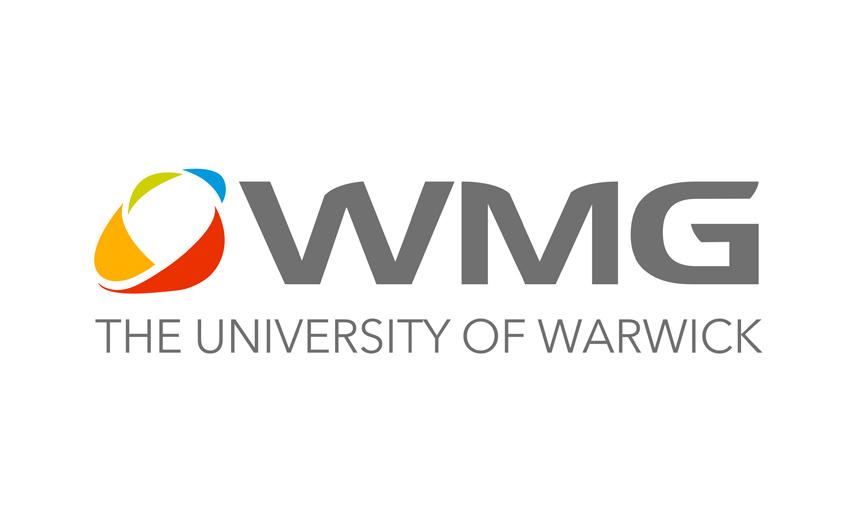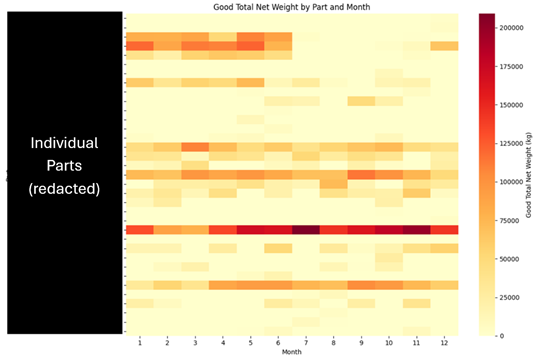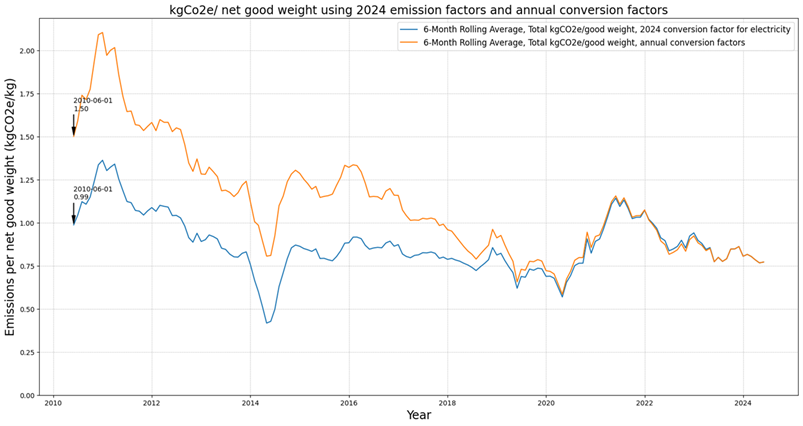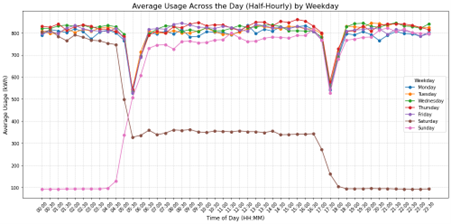University of Warwick case study
Warwick Manufacturing Group (WMG) are both an academic department of the University of Warwick, and one of the UK’s High Value Manufacturing Catapult (HVMC) centres.
Company overview
WMG is a leading international role model for successful collaboration between academia and the public and private sectors, accelerating and de-risking innovation for industry, driving cutting edge R&D to develop the brightest ideas and talent to shape our future.
CastAlum is an internationally acclaimed aluminium die casting and machining centre located in Welshpool, UK. The site was a Greenfield development in the winter of 2000-2001, serving one customer only.
20 years on, the company supplies parts to the UK, Europe, Canada, and Mexico. They have grown from die casting aluminium parts only to supplying a range of products (using high pressure die casting, squeeze die casting, and machining). They supply aluminium components as cast, cast & machined, or assembled & tested according to automotive OEMs like VAG, BMW, Ford, General Motors, Fiat, Renault, Porsche, Mercedes, Jaguar Land Rover, as well as some non-automotive customers.
Energy efficiency is crucial in the foundry sector because energy costs can make up such a large proportion of operational expenses. Therefore, Castalum has a long-standing commitment to energy efficiency and reducing its energy and carbon footprint.

Sustainability Challenges
CastAlum faces significant challenges, primarily due to high energy consumption in their industrial operations. High energy demand has a significant impact on operational costs but also impact overall sustainability efforts. Another difficulty comes from quantifying and addressing these challenges by finding the correct data streams and generate data where needed. Interpreting this energy data in an insightful way is crucial for identifying areas for improvement.
The primary motivation for addressing these challenges is the potential for substantial cost savings by reducing energy consumption. Additionally, there is pressure from clients to demonstrate strong decarbonisation credentials and meeting these expectations is crucial for maintaining and growing their business relationships with key automotive clients.
Solution
CastAlum’s project to reduce energy consumption worked via two prongs: macro site-level data and micro machine-level data. At the macro level, comprehensive data collection of both energy and production data from a range of sources allowed CastAlum to identify inefficiencies and target areas for significant energy savings.
At the micro level, electricity data was collected from individual machines. This granular approach enabled CastAlum to pinpoint specific equipment that was underperforming or consuming excessive energy. Tailored interventions, such as optimizing machine settings and upgrading to more efficient components, were then implemented to address these issues.
The project featured several innovative approaches. One key innovation was the integration of real-time energy monitoring and data analytics at both the macro and micro levels. Working with WMG allowed CastAlum to leverage cutting-edge research and expertise, providing actionable insights into energy use patterns, allowing CastAlum to make informed decisions and implement targeted energy-saving measures.
Results
CastAlum identified the carbon intensity of the organization as a whole, as well as for individual products and processes. This detailed analysis informed business decisions and provided valuable insights to clients. Visualization tools were created to display manufacturing and energy data, allowing for a clear understanding of energy flows within the main manufacturing processes. This analysis pinpointed areas where machines were using excessive energy, leading to a targeted approach for future energy efficiency measures.
Results
Some of the data visuals that were produced as part of the project are shown below with a brief explanation of the data and energy impact.
Apart from the significance from a production perspective, this view is important because producing parts is more energy efficient at high quantities. This is true for most manufacturing processes due to economies of scale but in this case, it was particularly true because of the energy costs of changing the dies (for different parts) and of scrap (new parts tend to have a higher scrap rate)
Figure 1: This plot shows a heatmap of production data for the different parts that were produced by the company in 2023.

Figure 2: This graph shows carbon intensity of Castalum since 2010.
Carbon intensity can be used as a metric for carbon reduction without penalising business growth. It can also give an indication of direct carbon impact at a product or project level.

Figure 3: Average electricity data for each weekday.
Half-hourly gas and electric data is widely available to UK manufacturers via their respective energy providers. This data can be used to produce plots like the above that can highlight usage patterns across the week and show electricity baseloads. In this case, electricity use is minimal compared to gas however it’s never the less easy to see working patterns, shift changes and energy baseloads without production.
